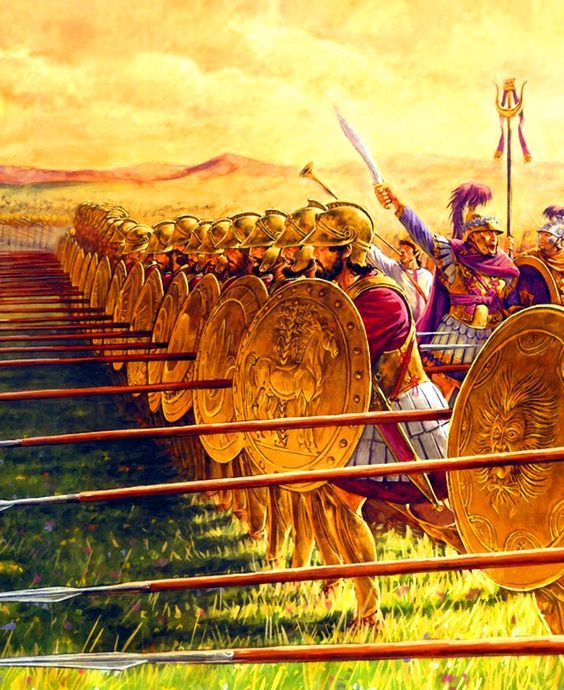
Westward expansion
Sart, Salihli/Manisa, TurkeyFollowing his and Lysimachus' decisive victory over Antigonus at the Battle of Ipsus in 301 BCE, Seleucus took control over eastern Anatolia and northern Syria. In the latter area, he founded a new capital at Antioch on the Orontes, a city he named after his father. An alternative capital was established at Seleucia on the Tigris, north of Babylon. Seleucus's empire reached its greatest extent following his defeat of his erstwhile ally, Lysimachus, at Corupedion in 281 BCE, after which Seleucus expanded his control to encompass western Anatolia. He hoped further to take control of Lysimachus's lands in Europe – primarily Thrace and even Macedonia itself, but was assassinated by Ptolemy Ceraunus on landing in Europe. This marked the end of the Wars of the Diadochi.
His son and successor, Antiochus I Soter, was left with an enormous realm consisting of nearly all of the Asian portions of the Empire, but faced with Antigonus II Gonatas in Macedonia and Ptolemy II Philadelphus in Egypt, he proved unable to pick up where his father had left off in conquering the European portions of Alexander's empire.
Ask Herodotus
HistoryMaps Shop

Heroes of the American Revolution Painting
Explore the rich history of the American Revolution through this captivating painting of the Continental Army. Perfect for history enthusiasts and art collectors, this piece brings to life the bravery and struggles of early American soldiers.








